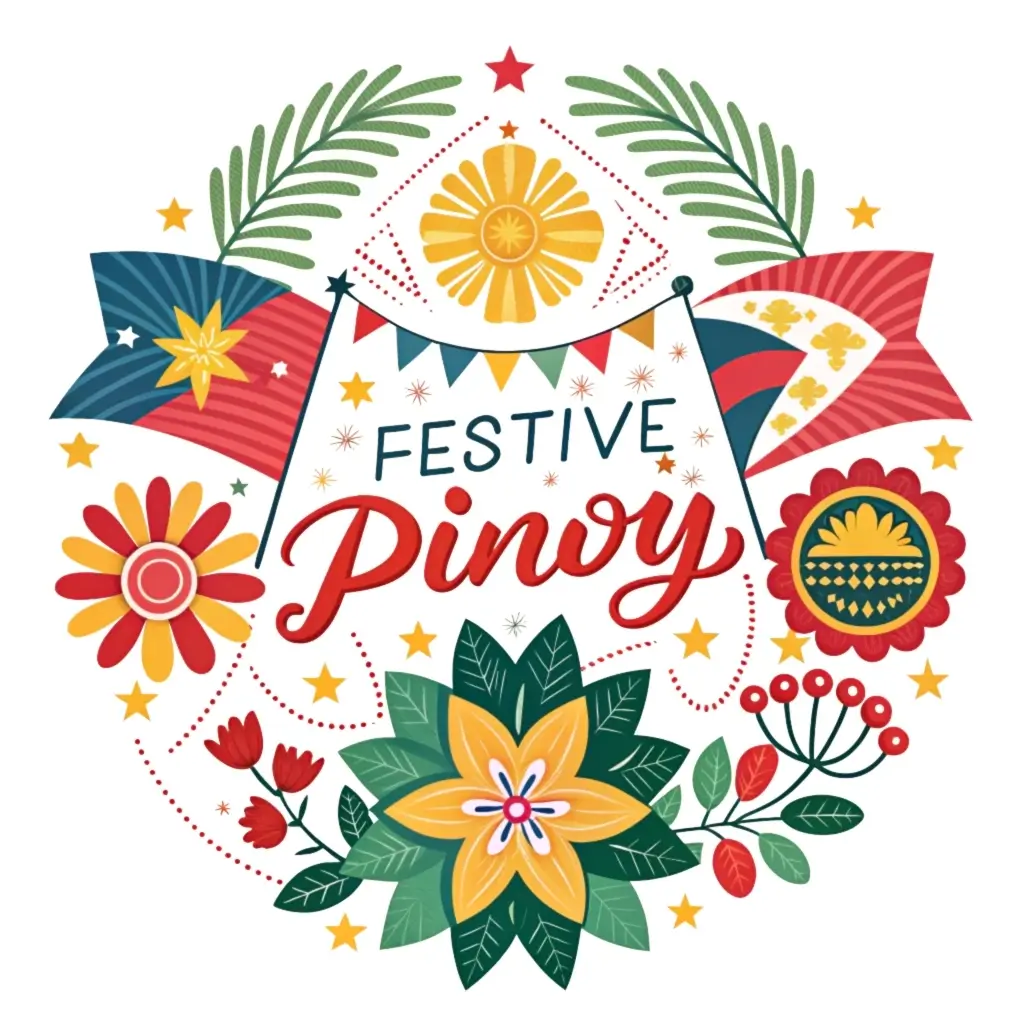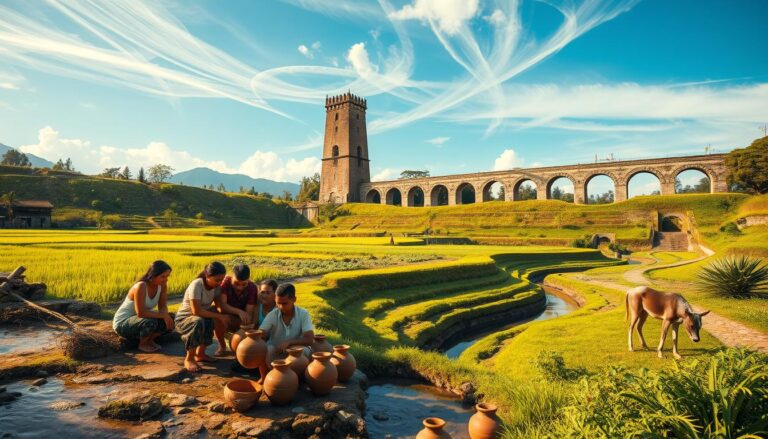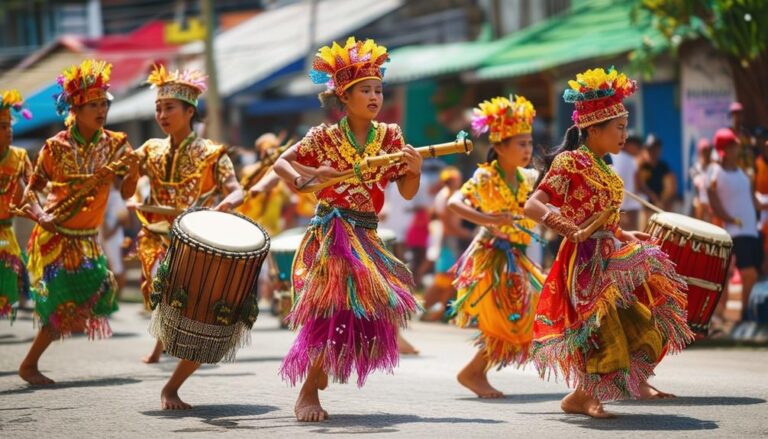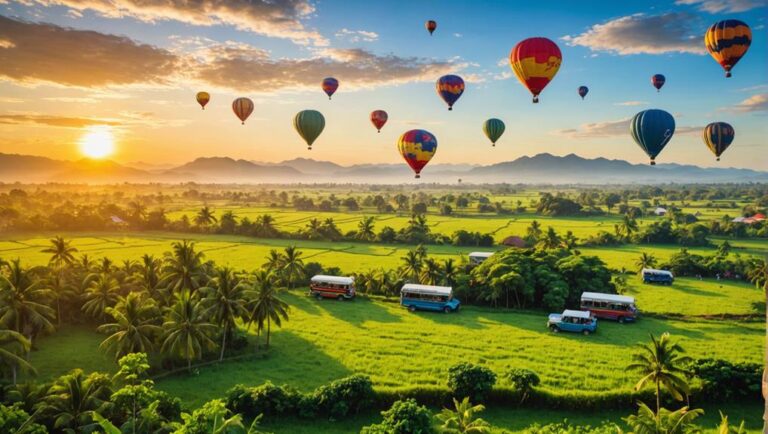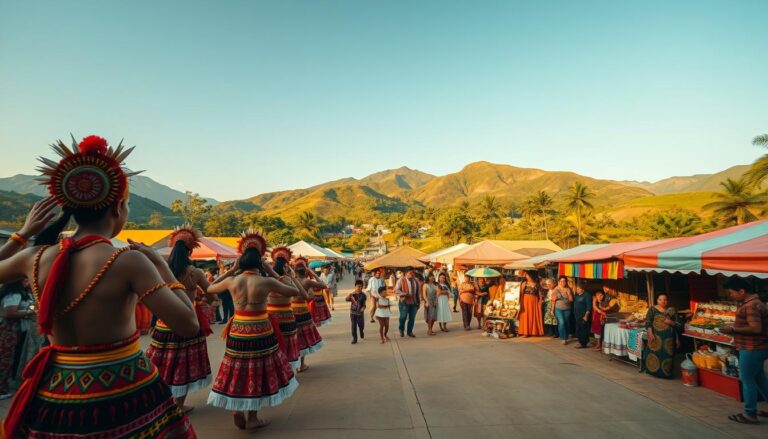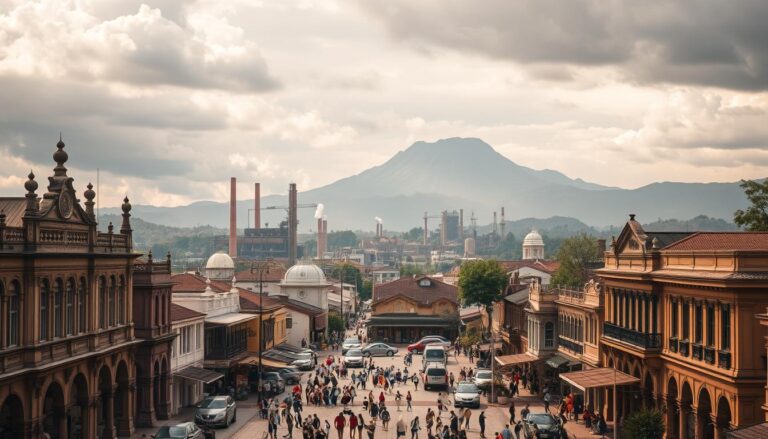Dinagyaw sa Tablas: Negros Occidental Dinagyaw sa Tablas Festival Guide
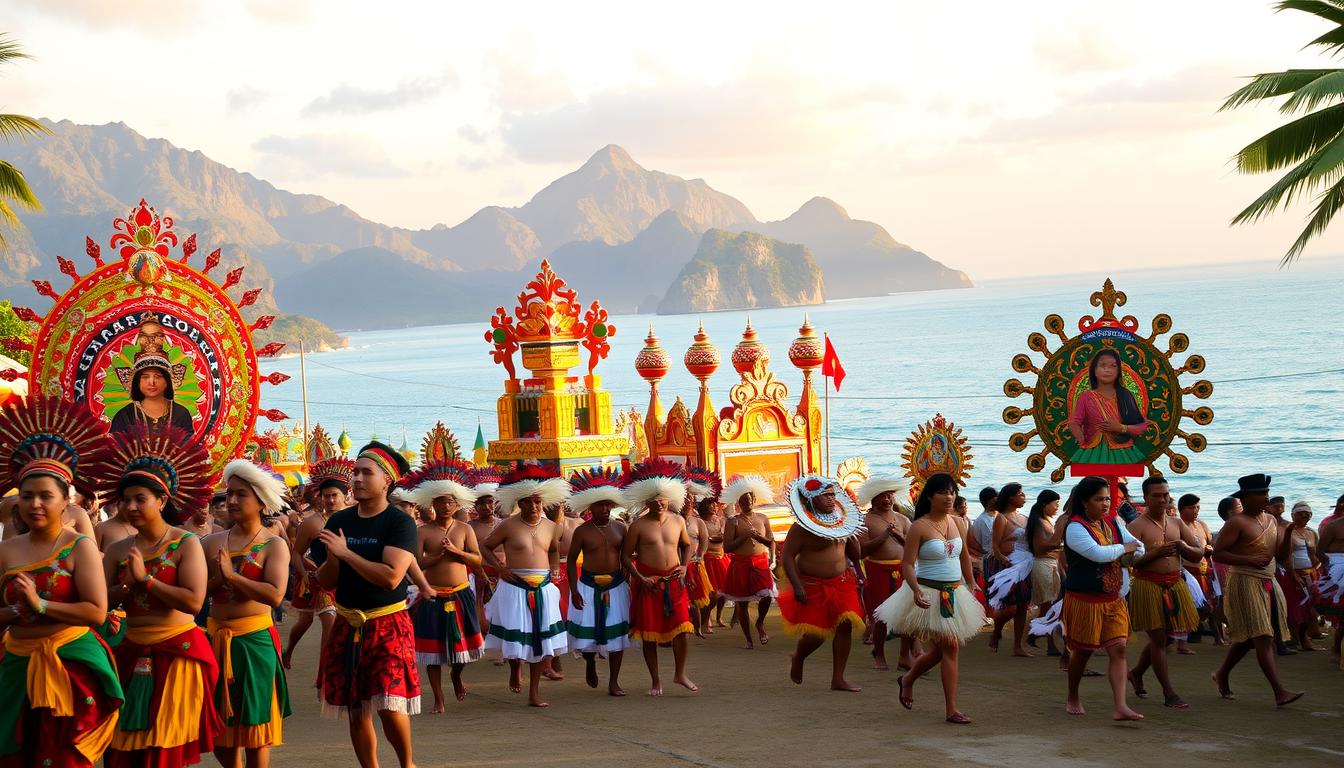
Every February 11, Candoni City in Negros Occidental comes alive with colorful parades, rhythmic dances, and heartfelt devotion during the Dinagyaw sa Tablas Festival. This vibrant event blends cultural pride, religious tradition, and gratitude for harvests, uniting the community in a celebration rooted in history.
Originally called Pabalhas sa Tablas, the festival traces its origins to the cooperative efforts of early settlers in the 1930s. Its current name reflects the Hiligaynon word for communal unity (dinagyaw) and the area’s former identity as Tablas. Government initiatives, like constructing a vital road linking Candoni to neighboring towns, laid the groundwork for the town’s growth—a legacy still honored today.
The festivities coincide with the feast of Our Lady of Lourdes, the city’s patron saint. Religious observances, including novenas and masses, begin on February 2, building anticipation for the main event. Street dancing competitions, cultural performances, and sports tournaments highlight the spirit of creativity and camaraderie.
From its humble beginnings to its modern-day grandeur, the festival remains a testament to Candoni’s resilience and heritage. Below, explore its history, traditions, and the joyful energy that defines this annual gathering.
Key Takeaways
- The festival occurs every February 11 in Candoni City, honoring Our Lady of Lourdes.
- Its name combines dinagyaw (community spirit) and Tablas, the area’s historical name.
- Originating as Pabalhas sa Tablas, it evolved with support from early settlers and local government.
- Highlights include street dancing, cultural shows, and religious ceremonies starting February 2.
- The event celebrates Candoni’s agricultural roots and enduring unity.
The Rich History and Origins of the Festival
Long before vibrant parades lit up Candoni’s streets, this celebration began as a humble tribute to hard work. The Pabalhas sa Tablas Festival emerged in the 1930s, honoring settlers who transformed dense forests into fertile land. Over time, leaders reimagined the event to reflect deeper community values.
From Pabalhas sa Tablas to Dinagyaw sa Tablas
In 2015, local officials renamed the festival to highlight unity. The term dinagyaw—meaning shared effort—replaced pabalhas (toil). This shift honored the Tabla Valley’s early pioneers, like Santiago H. Diego, who led land-clearing efforts in 1935. Their cooperative spirit, called dagyaw, became the event’s heartbeat.
Government Support and Executive Order No. 314
National recognition came in 1958 when President Carlos P. Garcia signed Executive Order No. 314. This decree established Candoni as a self-governing town, fueling its growth. Infrastructure projects, like a vital road linking the area to neighbors, turned isolation into opportunity.
The Founding Story of Candoni and the Tabla Valley
Mayor Manzano and later leaders shaped the festival into a cultural symbol. By weaving history into performances, they ensured younger generations remember their roots. Today, dances echo the rhythm of axes from 1935, when teamwork carved a community from wilderness.
Dinagyaw sa Tablas Festival Highlights and Activities
Visitors experience a whirlwind of colors, rhythms, and traditions during this annual event. From solemn prayers to electrifying dances, the celebration weaves faith, artistry, and local pride into unforgettable moments.
Cultural, Religious, and Community Celebrations
Mornings begin with novenas honoring Our Lady of Lourdes, followed by vibrant processions featuring flower-decked floats. Beauty pageants spotlight local talent, while cultural exhibits display handwoven textiles and historic farming tools. “The festival reminds us how faith and heritage shape our identity,” shares a longtime attendee.
Street Dancing, Competitions, and Performances
Afternoon heats up with teams from 12 barangays competing in street dancing. Dancers in bakya footwear stomp to bamboo percussion, reenacting land-clearing efforts from the 1930s. Barangay Caningay made history by winning 12 straight titles through intricate choreography and Bahay Kubo-inspired props.
Evenings blend modern flair with tradition—pop concerts light up the plaza before fireworks crown the sky. Through it all, the spirit of cooperation born from Executive Order No. 314 continues to unite generations.
Experiencing the Spirit of Dinagyaw sa Tablas in the Present Day
Modern celebrations honor Candoni’s heritage while embracing creative evolution. The festival seamlessly weaves centuries-old customs with dynamic new expressions of cultural identity.
Marian Devotion and the Feast of Our Lady of Lourdes
Nine days of prayer set the tone as novenas begin February 2. Locals gather at the parish church, where floral offerings surround a statue of the Lady of Lourdes. The February 11 grand procession features families carrying heirloom rosaries, their devotion echoing through generations. “This unity in faith defines who we are,” notes a parish volunteer.
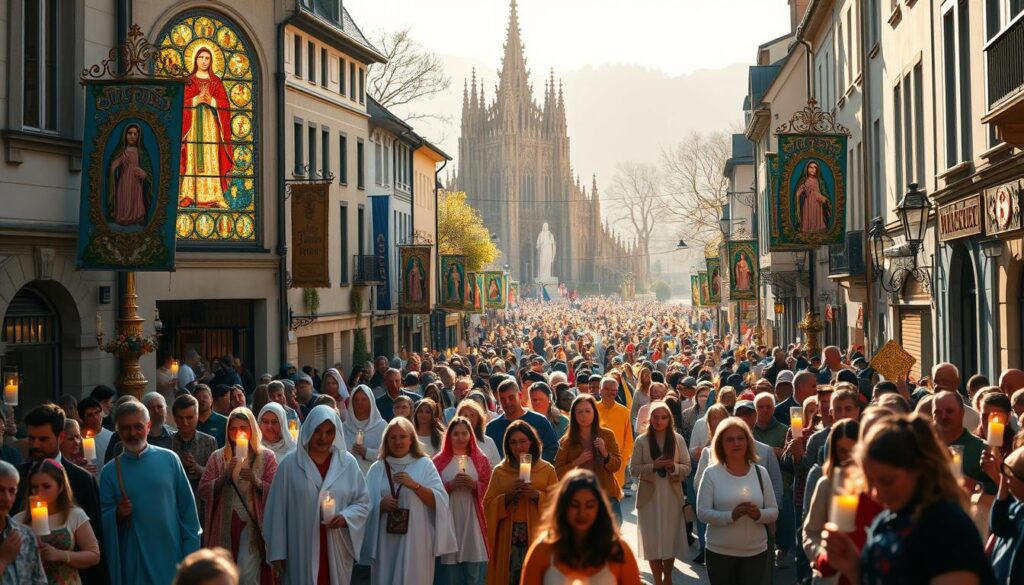
Innovative Performances and Community Unity
Dance troupes now blend bamboo percussion with digital projections, retelling the Tabla Valley founding story through holographic backdrops. Recent competitions introduced aerial silk performances symbolizing the bayanihan spirit. Mayor Ray Ruiz explains: “We honor our roots while giving youth platforms to innovate.”
Local government initiatives fund costume workshops where elders teach traditional weaving. This cross-generational collaboration keeps legends alive through vivid fabrics. As fireworks light the night sky, attendees witness how time-tested traditions flourish alongside contemporary artistry.
Conclusion
The Dinagyaw Tablas Festival stands as a living bridge between Candoni’s past and present. What began as a tribute to agricultural labor under the name Pabalhas sa Tablas has blossomed into a multifaceted celebration of unity. Historic milestones like Executive Order No. 314 in 1958 laid the foundation for the town’s growth, with modern festivities honoring this legacy through dynamic performances.
Central to the event is devotion to the Lady of Lourdes, whose feast day intertwines religious processions with lively street dances. Traditional bamboo percussion and ancestral storytelling now share the stage with holographic projections, proving heritage evolves without losing its soul.
Each February, generations gather to reaffirm their shared identity—a testament to resilience forged through decades of cooperation. Whether marveling at intricate costumes or joining dawn novenas, visitors witness how history fuels community pride.
For those seeking authentic Filipino culture, this festival offers more than spectacle. It invites you to feel the heartbeat of a town that turned wilderness into wonder through unity. Plan your visit and experience how tradition and innovation dance hand in hand.
